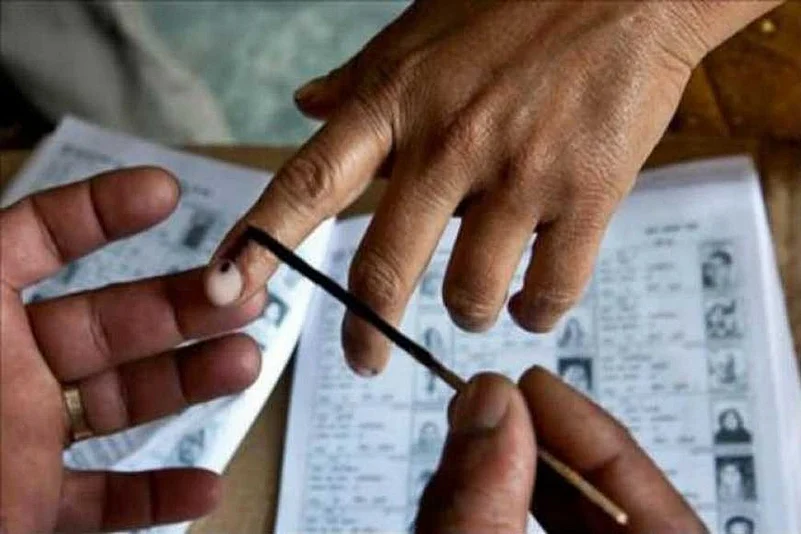The Election Commission on Sunday evening announced dates for Lok Sabha Elections 2019, which would be conducted in seven phases, beginning on April 11 through May 19, with the counting of votes on May 23.
The 2019 Lok Sabha elections would see some interesting new facts:
- 10 lakh polling stations would be set up this time as against about nine lakh in 2014.
- The ‘voter-verifiable paper audit trail’ (VVPAT) will be used in all polling stations this time.
- For the first time in Lok Sabha polls, candidates with criminal antecedents are required to publish information in this regard in newspapers and through television channels on three occasions during the campaign period.
- A political party that sets up candidates with criminal antecedents is also required to publish information about their criminal background, both on its website and also in newspapers and television channels on three different occasions
- Earlier, the candidates were required to give details of their criminal cases to the poll panel through an affidavit but were not required to make it public themselves.
- With political parties demanding that more paper trails slips per constituency be counted, Chief Election Commissioner Sunil Arora said the poll panel will take a final call on the issue after the Indian Statistical Institute submits a report on it.
- While the voter-verifiable paper audit trail (VVPAT) machines have been used in all polling stations the results of EVMs and VVPATs are matched in one polling station per constituency.
- VVPAT or paper trail machine is a device which dispenses a slip with the symbol of the party for which a person has voted for.
- The slip appears on a small window for seven seconds and then drops in a box. The voter cannot take it home.
- Political parties have demanded that 10 to 30 per cent paper trail slips per constituency be counted to ensure there is no rigging, and to assure voters that the electronic voting machines are working fine and have not been rigged.
- The EVMs and postal ballot papers would carry the photograph of all candidates to help voters identify the political leaders in the fray.
- The Election Commission said the provision for printing the candidate photographs will help avoid any confusion which may arise when candidates with similar names contest from the same constituency.
- The EC said India had gone to polls with photo electoral rolls for the first time in 2009.
Advertisement
- The Election Commission has factored in the examination schedule of various state boards while drawing up the Lok Sabha election dates. This was also done keeping in mind that polling stations are mostly located in school buildings and teachers are engaged as polling staff.
- Also taken into consideration were various holidays and festivals falling in March, April and May, harvest season in certain parts of the country and the inputs obtained from the Indian Meteorological Department on the pre-monsoon rainfall.
- Now, all states and union territories have photo electoral rolls and photographs of 99.72 per cent electors are already printed in the electoral rolls. Besides, 99.36 per cent electors have been given Election Photo Identity Card.
- All political advertisements on social media will need pre-certification.
- The number of voters in the Lok Sabha elections will be around 900 million, Chief Election Commissioner Sunil Arora announced on Sunday, calling the upcoming polls the "largest festival of democracy".
- There would be approximately 10 lakh polling stations this year, up from 9 lakh in the last general election in 2014.
- Of the total electorate, 15 million will be in the age group of 18 to 19 years.




















